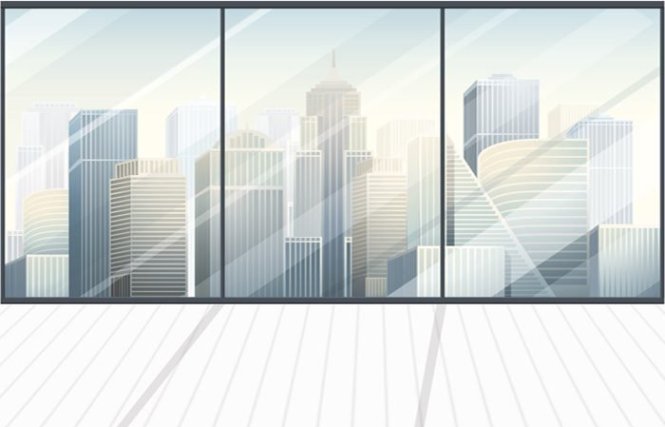Two new studies show that natural light is a key ingredient in healthy workplaces.

Employee well-being is the hot new buzzword these days. Companies are increasingly aware that it’s not just the physical health of their workers that’s crucial—their mental and financial health is also important, and wellness programs that fail to address these factors will most likely be ineffective.
This awareness extends to the actual design of the workplace. Employees tend to thrive (and be more productive) in workspaces that allow for a mix of collaboration and solitude. One of the most important design elements that can positively affect mental well-being is natural light.
Advertisement
Capital One, which for the past three years has been conducting its annual Work Environment Survey of full-time professional employees about their in-office preferences, has found that “natural light has been the most-desired workplace design element for all three years of the [survey],” Stefanie Spurlin, the financial-services firm’s vice president of workplace solutions, told Architectural Digest recently.
The latest Work Environment Survey, released earlier this summer, finds that in addition to natural light, employees are also “craving more connections to nature,” said Spurlin.
Employees rank access to natural light, daylight and outdoor views higher than perks such as an on-site gym and a pet-friendly workplace policy, according to the Workplace Wellness Study, a new survey from Future Workplace, a New York-based research firm. The survey, conducted in partnership with technology firm View, also finds that comfortable lighting was the second-most highly rated wellness factor (air quality in the workplace ranked No. 1).
Click HERE to read more of our employee wellness coverage.
Sadly, the survey’s results suggest that employers are fumbling in the dark when it comes to providing the light their workers crave: 60% of the employees surveyed said their companies don’t provide the adequate level of light required for optimal job performance.
Advertisement
“It’s the invisible factors such as air quality and access to natural light that are often overlooked yet provide a significant influence on workplace wellness, employee productivity and the overall quality of the employee experience,” says Jeanne Meister, Future Workplace’s founding partner.
Buildings that address “essential human needs” such as good quality air, access to natural light and comfortable temperatures create healthier and more productive employees, says Brandon Tinianov, who’s chair of the U.S. Green Building Council’s Advisory Council and vice president of industry strategy at View.
“These findings are a wake-up call to every executive who wants to maximize the wellness and productivity of their workforce,” he says.


Recent Comments